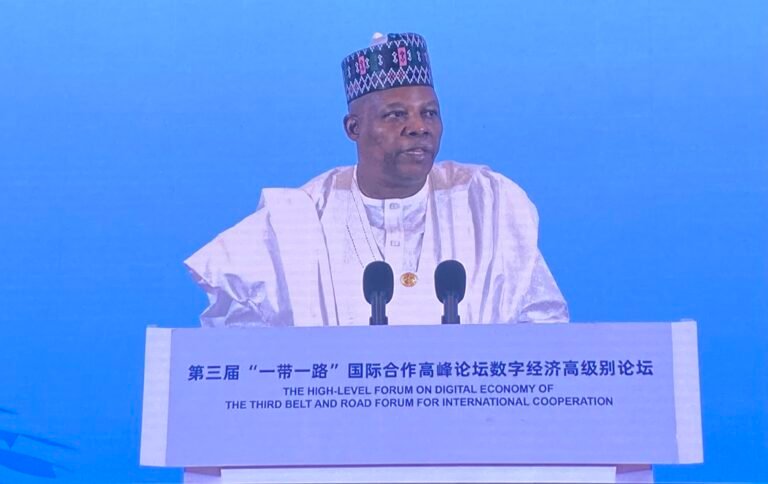BEIJING: (Xinhua)/Flowerbudnews: — Chinese scientists are exploring the feasibility of an idea proposed by elementary school students: creating a flag that can wave on the airless moon.
At the Deep Space Exploration Laboratory (DSEL), researchers from Beijing and the eastern province of Anhui are collaborating to develop a payload for the Chang’e-7 mission, inspired by the creativity of the students from Changsha, central China’s Hunan Province, CCTV reported on Wednesday.
This payload, a scientific outreach project, will accompany the Chang’e-7 probe to the lunar south pole, aiming to use electromagnetic field interactions to make the flag appear to wave on the moon, said Zhang Tianzhu, deputy director of the DSEL’s future technology research institute.
“We know on the moon, the absence of an atmosphere creates a vacuum, making it difficult for a flag to wave like it does on Earth,” explained Zhang.
“The students proposed that we design a closed-loop wire on the flag’s surface, enabling bidirectional currents. The interaction of the electromagnetic fields would allow the flag to wave,” he said.
“If successful, this will be the first flag to flutter on the lunar surface,” noted Zhang, adding that this scientific outreach payload project is expected to be completed by February.
Zhang said that this initiative could enhance young people’s understanding of China’s space endeavors and ignite their interest and enthusiasm for future careers in aerospace.
In 2024, China’s Chang’e-6 mission successfully completed the first-ever sample return mission from the far side of the moon.
This year, the development of the follow-up missions, Chang’e-7 and Chang’e-8, under the fourth phase of China’s lunar exploration project, progressed steadily.
The Chang’e-7 mission, scheduled to launch around 2026, aims to search for evidence of water or ice at the moon’s south pole.
Additionally, researchers are advancing the validation processes for the subsequent Chang’e-8 mission and the International Lunar Research Station (ILRS) projects.
The Chang’e-8 probe will be launched around 2028 to carry out experiments on lunar resource utilization.
By 2035, Chang’e-7 and Chang’e-8 are expected to constitute the basic model of the ILRS — a hub for engineers, a laboratory for scientists, and a cradle for international deep space talents, according to Zhang.




